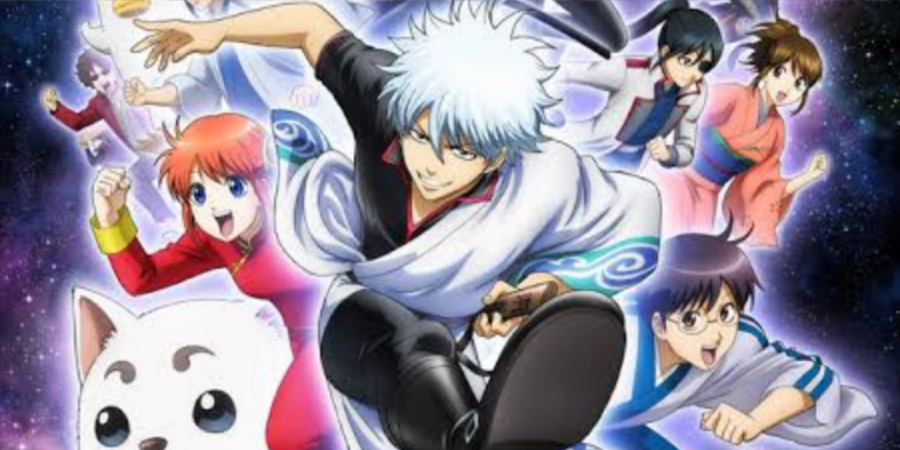

Gintama is a Japanese manga series written and illustrated by Hideaki Sorachi. It began serialization in 2003 and has since been compiled into 72 tankōbon volumes. The manga has also been adapted into an anime television series that aired from 2006 to 2010, with a second season airing from 2011 to 2013, and a third season in 2015. Additionally, several original video animations (OVAs) and films have been released.
1. Plot
The story is set in an alternate history Edo Period Japan, where aliens called Amanto have invaded and taken over the country. The protagonist, Gintoki Sakata, is a former samurai who now works as a freelance odd-job worker along with his companions, Shinpachi Shimura and Kagura. Together, they navigate through various comedic and dramatic situations while facing challenges from different factions, including the Joui rebels, the Yorozuya gang, and various alien organizations.
2. Characters
The characters in Gintama are diverse and well-developed, each with their unique personalities and backgrounds. Gintoki is a laid-back, cynical, and sometimes lazy individual who cares deeply for his friends. Shinpachi is a smart and level-headed individual who often serves as the voice of reason, while Kagura is a strong and naive alien girl with a love for sweets. Other notable characters include Sadaharu, a giant kappa; Tatsuma Sakamoto, a former assassin; and the eccentric alien doctor, Dr. Akame.
3. Art
The art and animation in Gintama are characterized by their distinct and humorous style, which often includes parodies of popular culture, historical events, and other anime series. The animation quality improves significantly in the later seasons, with the use of more fluid movements and detailed backgrounds.
4. Actions
Fight scenes in Gintama are not the primary focus of the series, but they do occur occasionally and showcase the characters' unique abilities and fighting styles. Gintoki's signature technique, the "Yorozuya Style," combines various fighting styles, while Kagura uses her immense strength, and Shinpachi relies on his intelligence and agility.
5. World building
World-building in Gintama is unique and imaginative, with the integration of aliens and their technology into the feudal Japanese setting. This blend of the old and the new creates a rich and immersive environment for the story to unfold.
6. Theme and Symbolism
The themes and symbolism in Gintama revolve around friendship, loyalty, and the struggle to maintain one's identity in the face of adversity. The series also touches upon deeper themes such as the consequences of war, the nature of power, and the importance of personal growth.
Gintama's arcs are often self-contained stories that explore different aspects of the characters and their relationships. Some notable arcs include the "Shiroyasha" arc, which delves into Gintoki's past and his relationship with Katsura, and the "Joui Preliminary Selection" arc, which highlights the struggles of the Joui rebels.
7. Influence
Gintama has had a significant impact on Japanese pop culture, with its humor and unique blend of genres resonating with audiences. The series has won numerous awards, including the 2008 Kodansha Manga Award for shōnen and the 2011 Tezuka Osamu Cultural Prize. Its influence can be seen in other anime and manga series, which have adopted similar comedic and parody elements.
8. Overall Conclusion
In conclusion, Gintama is a beloved and influential manga and anime series that combines humor, drama, and action in an imaginative alternate history setting. Its engaging characters, unique art style, and thought-provoking themes have captured the hearts of fans worldwide, making it a timeless classic in the world of Japanese entertainment.


